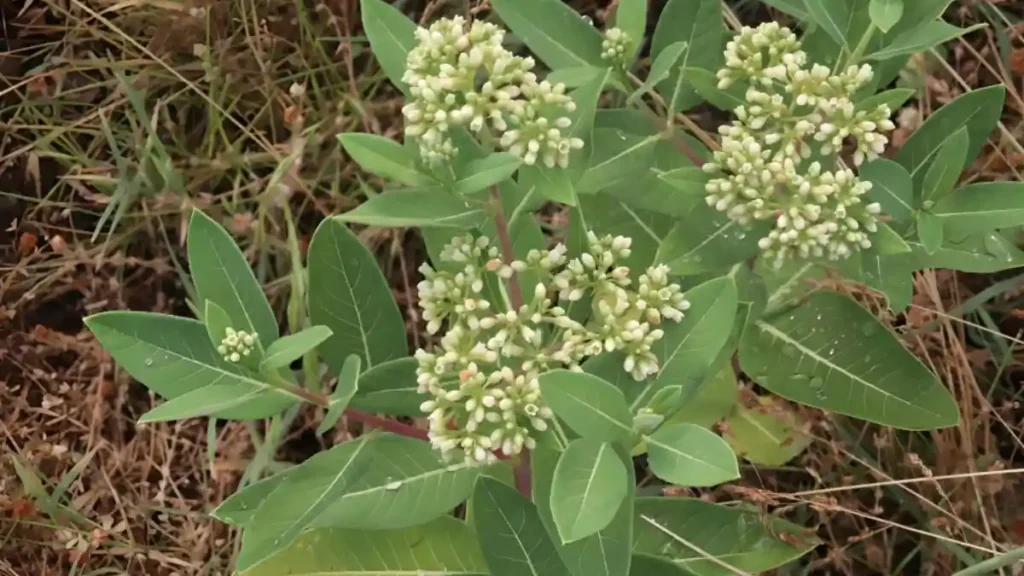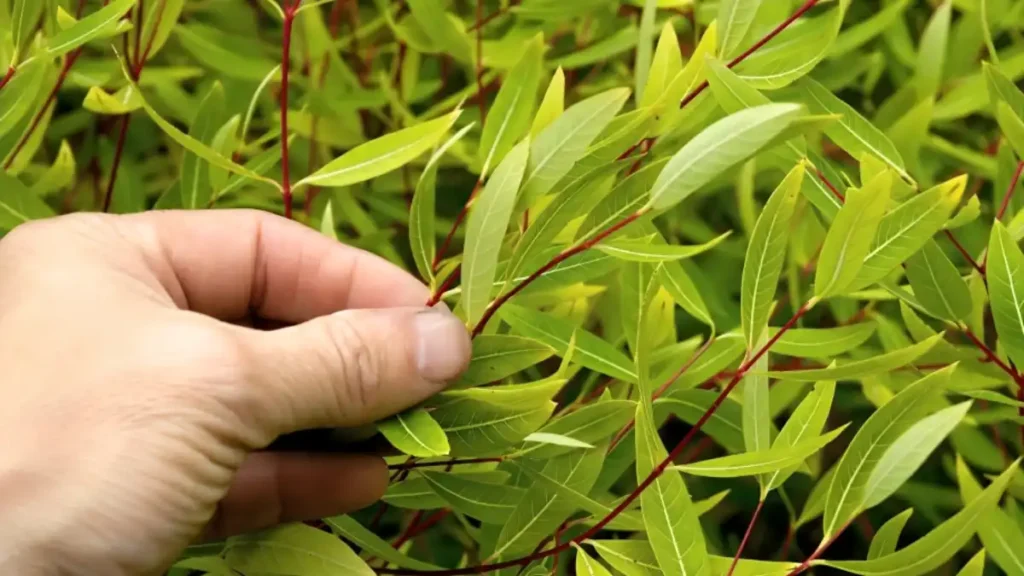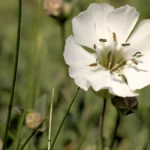A perennial weed indigenous to North America, hemp dogbane is often called Indian hemp or prairie dogbane. This plant is frequently seen on roads, meadows, and fields. The height of hemp dogbane ranges from three to five feet. This is a crucial aspect of the hemp dogbane description since it sets the plant apart from milkweed and other weeds that seem similar. To understand how to eradicate dogbane weeds, you must read our article.
Methods of hemp dogbane identification:
A perennial plant, hemp dogbane is also referred to as Indian hemp. These techniques will assist you in identifying it.
- When split in half, the plant’s stem and all other parts release a white, milky sap. As they grow older, the stems’ original green color changes to a red hue. The leaves have smooth, dark green margins on the top and are pale underneath.
- It produces long, slender seed pods after flowering, which eventually turn brown. Common milkweed shoots might be mistaken for sprouts that emerge from the horizontal rootstock underground.
- Fields, pastures, wayside areas, and damp soils are frequent places to find hemp dogbane. It produces narrow, scythe-shaped seed pods that hold flat, thin seeds with a tuft of hairs. Because of the cardiac glycosides in its sap, this plant is poisonous to pets and animals.

Find out about hemp dogbane control:
Treating hemp dogbane Being a perennial weed with a strong root structure, weeds can be difficult. There are some doable strategies to deal with it.
How to get rid of hemp dogbane weeds:
Utilizing Herbicides
- Although some PRE herbicides can selectively suppress seedlings, infestations in crops usually result from the regrowth of established vegetative propagules under the soil. Glyphosate is one example of a herbicide that can work well if used while the plant is actively growing. Liquid nitrogen or AMS combined with a surfactant can enhance weed control, the best results are usually obtained in late summer.
Soybean Uses
- Except in soybeans, where there is no suitable herbicide control, chemical management has the best chance of succeeding, particularly on established weed stands. In conventional soybeans, another successful method of controlling glyphosate is to use a weed wiper to exploit the height differential between the weed and the crop canopy. Apply to the plant before flowering, and adhere to treatment rates and procedures.
Control via Mechanism
- Although removing hemp dogbane early each season weakens it, it does not completely eradicate the weed but does lessen its vitality. Repetitive tilling wears down the roots of the plant, and results may not appear for years. It can spread after the roots break, so exercise caution.
Applying corn
- Roundup uses glyphosate, the most successful method for controlling hemp dogbane in this crop may be ready corn. Certain weeds can also be fairly controlled with tank mixes like diflufenzopyr plus dicamba, prosulfuron plus 2,4-D or dicamba, and nicosulfuron plus dicamba.
Weed control with small grains
- Rye and other aggressive cover crops can help control hemp dogbane by competing with it for resources and shading it out. Applying selective herbicides like fluroxypyr and dicamba at the right time can also help control these weeds. See a specialist, such as your local university extension agent, for alternate methods of controlling this weed instead of resorting to harmful chemicals. Forever, they can eradicate hemp dogbane weeds from your garden.

Conclusion:
In conclusion, perennial hemp dogbane weed is a major problem in both natural and agricultural settings. In grazing areas, this weed poses an additional risk because it contains poisonous chemicals that might injure livestock if consumed. Due to its resistance to numerous popular herbicides, hemp dogbane requires precise chemical application selection and timing. You can get rid of this weed by following our above advice.
Certainly! If you’d like to learn more, please consider following our WhatsApp Channel: Harvest Gardening
A frequently asked questions:
Q1. What is hemp dogbane?
A1. Mostly prevalent in North America, hemp dogbane is a perennial plant. It can thrive in a range of soil conditions and is frequently regarded as a weed. Their milky sap, tall, slender stems, and clusters of tiny, greenish-white flowers are characteristics that help identify them.
Q2. Is hemp dogbane poisonous to humans?
A2. Indeed, hemp dogbane is poisonous to people if consumed. Hemp dogbane ingestion can cause symptoms including heart palpitations and nausea. It is poisonous to animals.
Q3. Hemp dogbane vs milkweed
A3. Unlike milkweed, which frequently has milky sap, hemp dogbane usually has red stems and is extremely harmful to cattle.
Q4. What is hemp Dogbane used for?
A4. Hemp dogbane has long been utilized in herbal medicine for its possible heart-healthy properties and to treat digestive problems. Due to its toxicity, it should be handled carefully.
Q5. What is Indian hemp dogbane?
A5. Across the United States, Indian hemp dogbane is a perennial plant that typically grows in open forests, wetlands, and near streams.



